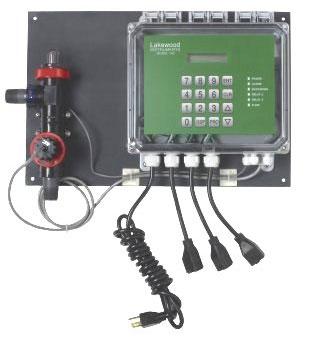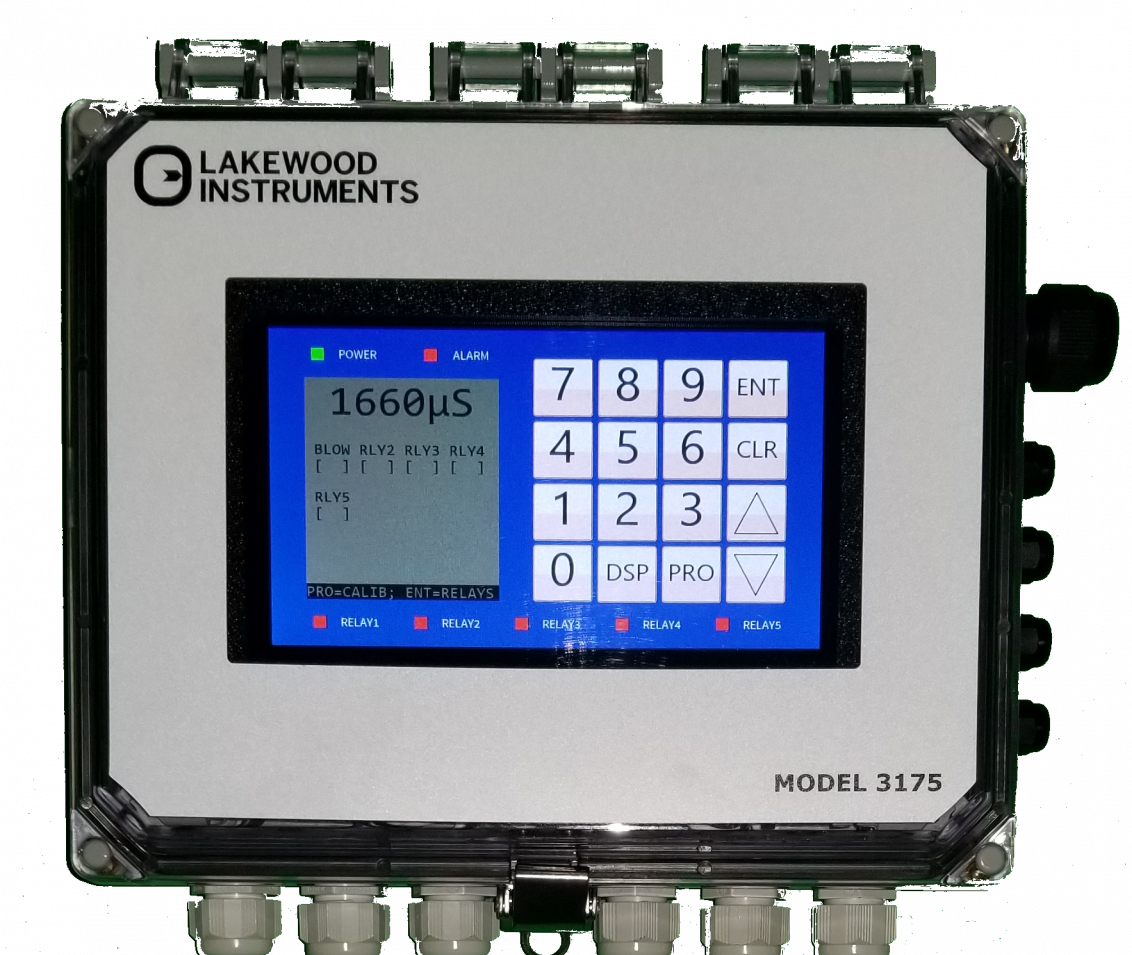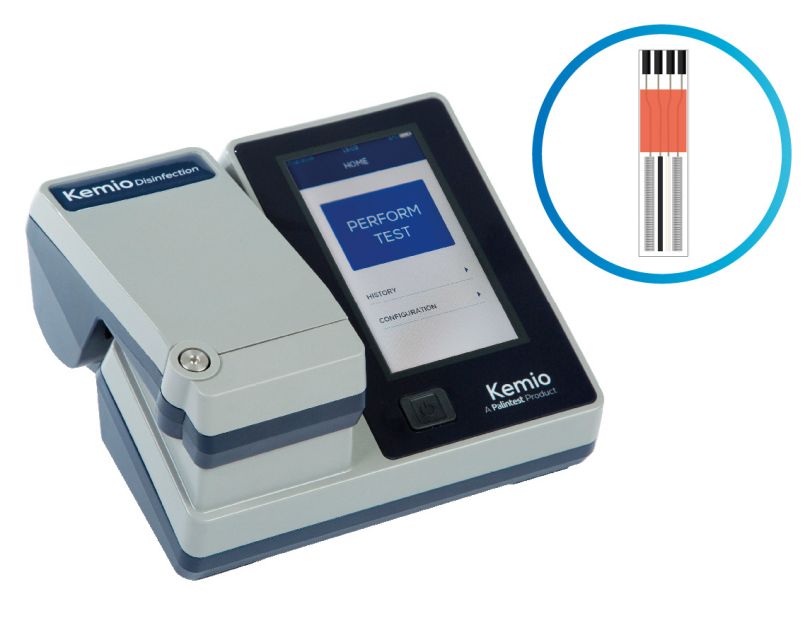Basic solar energy system
May 18, 2021 0 Comments

Simple Photovoltaic (Solar) Power System Setup
What You Need
You basically need the following components to set up a remote solar power system for basic lighting:
- Photo-voltaic (Solar) Panel or Panels
- Mounting brackets
- Pair of DC Solar Cables (10m to 15m in length) – blue and red in color
- Solar Charge Regulator
- Battery
- DC to AC Inverter
- AC power cables
- Lights (DC or AC)
Basic Solar Power Setup

Calculations
Now let us take a look at the above diagram. We have a 55 Watts solar panel, a charge controller and 12 volts battery which has a charge specification of 120Ah. In addition, we have a 12V DC bulb, a 500 Watts DC to AC current inverter and a 80 watts television screen.
So we are in Papua New Guinea. We know that we will get a maximum of eight hours of sunlight. So to fully charge that battery using a 55 Watts solar panel, how many hours of sunlight do we need?

In order to achieve our objective, we must first find out how much current can be supplied by the solar panel to the 12 volts battery.
As shown in the figure on the right, this 55 watts solar panel will only supply 4.583 amperes of current to the 12 volts battery. We can resolve to use a 5 amps charge controller then.

We can now easily find out how much hours of sunlight is required to fully charge the 12 volts battery with a 55 watts solar panel.
Calculations show that we will require 26.184 hours of sunlight for this system. This is approximately four days of sunlight. No one wants to wait that long right?
Now how can we make this system more convenient by having the battery fully charged, say, in just one day? As you may have already guessed, we must increase the power of the solar panel.
But how do we do that? We can achieve that by installing additional solar panels or we can choose a solar panel with a higher power rating. But first, we must find out how much power the solar panels must dissipate in order to fully charge the battery in just one day. In Papua New Guinea, one day is equivalent of eight hours of sunlight.

We must first find out how much current must is needed to charge the battery fully in just eight hours. According to our calculations, we find out that we will need 15 amps of current to fully charge the 12 volts battery in just one day.
Remember, we are in Papua New Guinea and one day is equivalent to eight hours of sunlight. We can therefore resolve to use a 15 amps charge controller for this system.
If we install a 15 amps charge controller, we will allow only 15 amps of current to flow through to charge the 12 volts battery.
It is now easy to find out how much power we need.

Once again, the calculations show that we will need 180 watts of power from the solar panels down in order to get our battery fully charged in just 8 hours.
Solar panels come with their power ratings. If we use the 55 watts panels, we will need about three or four of them. So let us say we installed four 55 watts panels. We will get a total power output of 220 watts from the panel down or if we installed three of them, we will get a total power output of 165 watts from the panel down.
It is highly preferable to install four 55 watts solar panels to avoid mishaps.
Connections
Now let us look at the wiring.
From the solar panels down to the charge controller, we use DC cables (red or brown denotes positive and blue or black denotes negative) of preferably ten meters in length. This length is preferred because we want to eliminate cable loses and at the same time allow it to reach the charge controller from the roof.
We will require a further five meter cable of the same type to establish connectivity from the charge controller to the battery and back to the inverter (two meters from the charge controller to the battery and three meters from the battery to the inverter).
Please note that DC loads can be connected directly to the charge controller whilst AC loads feed off from the inverter.
Pros and Cons of Solar Power System
|
Advantages |
Disadvantages |
|
Saves money in the long run |
High initial Cost |
|
Minimizes risk of global warming |
Sun only shines brightly 8 hours a day |
|
Creates Employment |
Rain and clouds prevent proper charging of battery |
|
Energy Independence |
|
|
Energy Security |
|
|
No noise pollution |
|
|
No emission of carbon dioxide |
|
|
Low maintenance cost in the long run |
|
Read original article here!
Also in Blog

Advanced Cooling Tower Management: Enhancing Efficiency with Lakewood Model 140
February 28, 2024 0 Comments

Optimizing Cooling Tower Performance: Understanding Efficiency, Maintenance, and Water Quality Management
February 28, 2024 0 Comments

Revolutionizing Water Analysis: Everything You Need to Know About the Kemio KEM10DIS
April 19, 2023 0 Comments

